Kerala’s devastating floods in August set off alarm bells in Tamil Nadu. Municipal Administration minister S P Velumani chaired a state-level flood prevention review meeting on August 21st, around one-and-half months before the expected commencement of the north east monsoon in the first week of October.
A slew of infrastructural projects were flagged off as part of monsoon preparatory work, including the desilting of storm water drains at a cost of Rs 20 crore and clearing of encroachments in water bodies.
Preparatory work for the monsoon is usually taken up only a few weeks before the onset of the season, whereas it should ideally commence by June for all 200 wards of Chennai. The consequences of missing that deadline have been evident many a time: flooded roads, hanging EB wires and breached water bodies.
“Considering the fact that the Chennai Corporation and local civic bodies are short-staffed, there is a need to start monsoon work at the earliest. Most of the civic work is outsourced and the clause of monsoon preparedness would not even be there in the tenders submitted by the contractors,” points out David Manohar of Arappor Iyakkam. “Since monsoon preparedness work involves odd jobs that cannot always be brought under the tender clause, staff on the civic body rolls are necessary,” he reiterated.
Monsoon work must entail locality-wise surveys about repairs needed as well as routine inspection of various issues related to drainage. However, residents point out that no such surveys have been conducted by the civic body.
As we went around the city, we clicked several photos of the state of infrastructure and water bodies, all of which justify the call for early commencement of monsoon preparedness work. The state of affairs are better in localities with active citizen participation. But, a majority of public spaces in Chennai reek of official apathy. If we want to avoid another urban monsoon debacle, we must take this up at the earliest:

A layer of water hyacinth and garbage chokes Cooum River. A view from the Park Town railway station. Pic: Laasya Shekhar
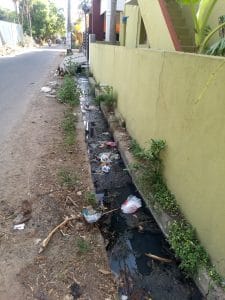
A closed storm water drain is a luxury for the residents of Parvathy Nagar in Madambakkam. Pic: Laasya Shekhar
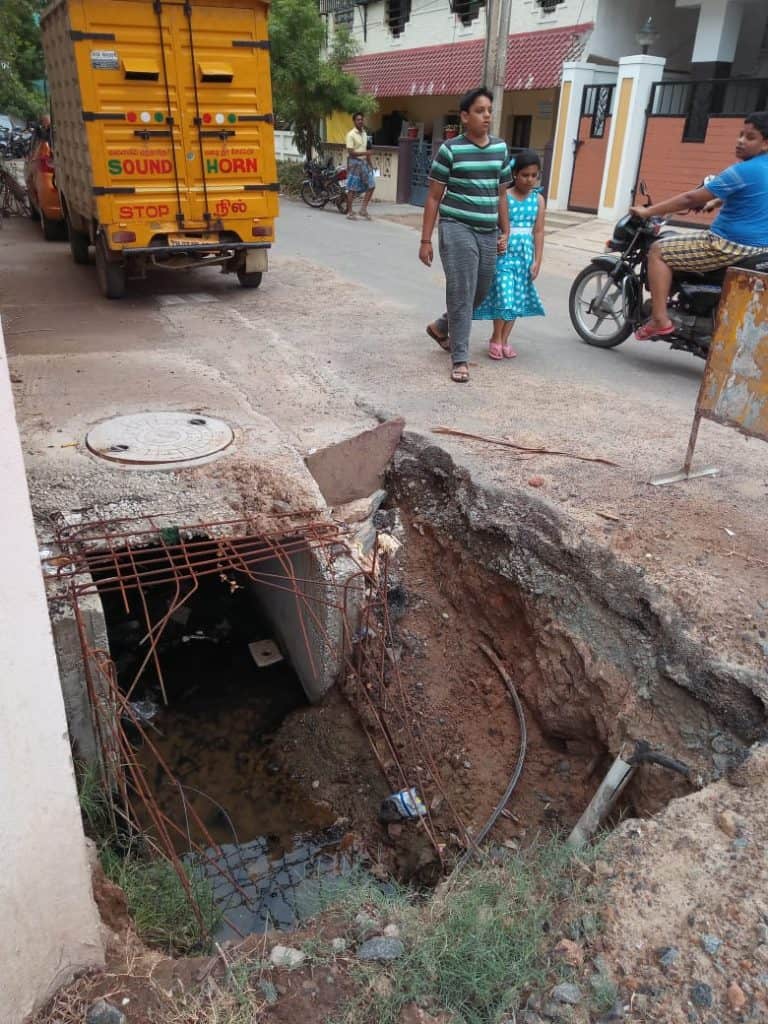
Storm water drain works commenced at TNHB Colony of Kolathur (in Ambattur zone) three months ago, but have been suspended. The open drains pose a threat to road users including children, who walk to the nearby schools. Pic: Laasya Shekhar

With plastic waste and sewerage contamination, a choked storm water drain at Chitlapakkam is a haven for mosquitoes. Pic: Sunil Jayaraman
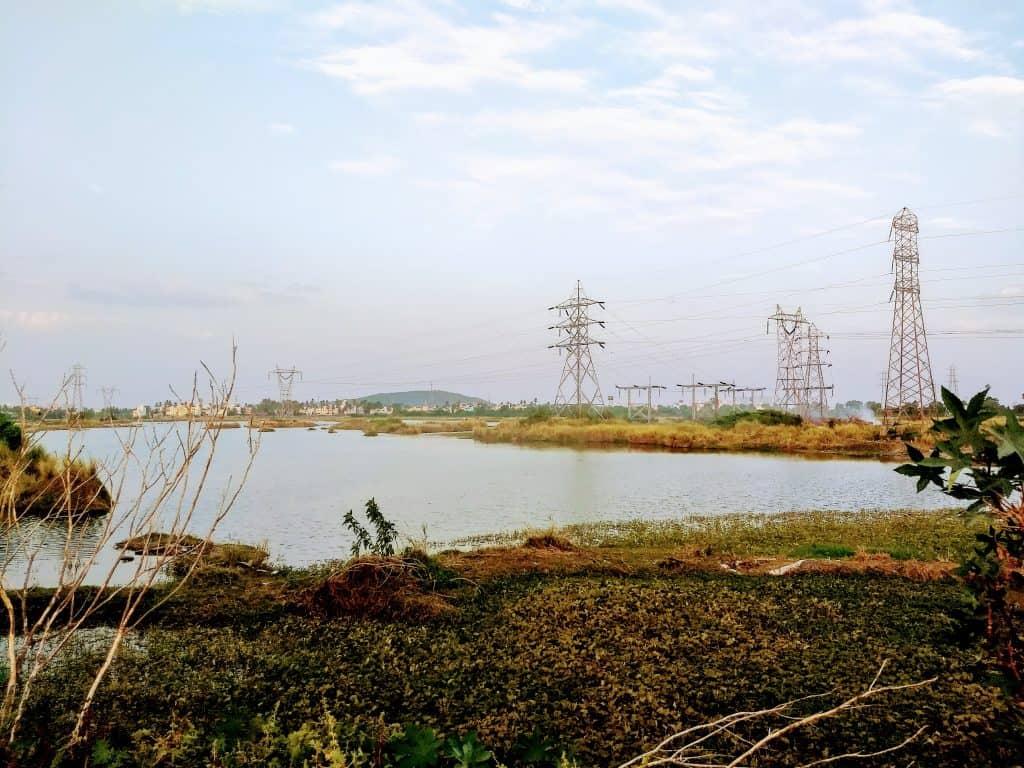
Industrial effluents and sewage discharged in Sithalapakkam Lake in the outskirts of Tambaram has prompted the growth of water hyacinth Pic: Laasya Shekhar

An elevated manhole at Trustpuram of Kodambakkam. The chances of flooding in this residential locality are high, due to the poor infrastructure. Pic: Laasya Shekhar
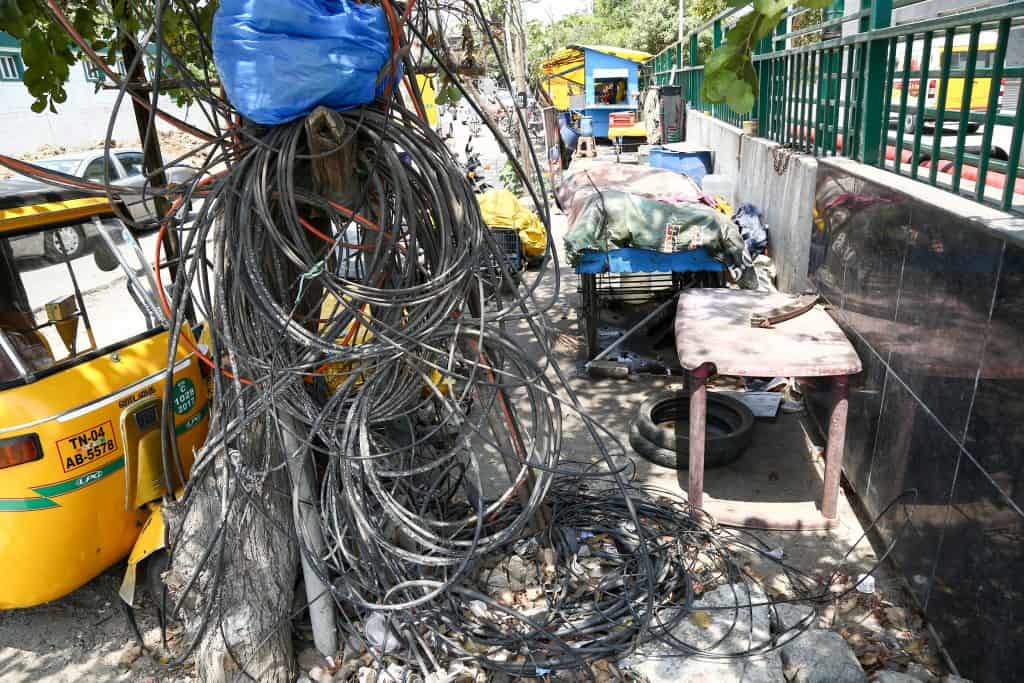
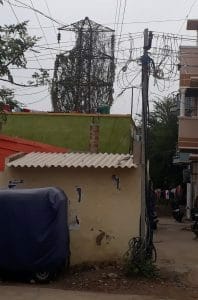
All of these conditions have no excuse for existing… What is going on??..